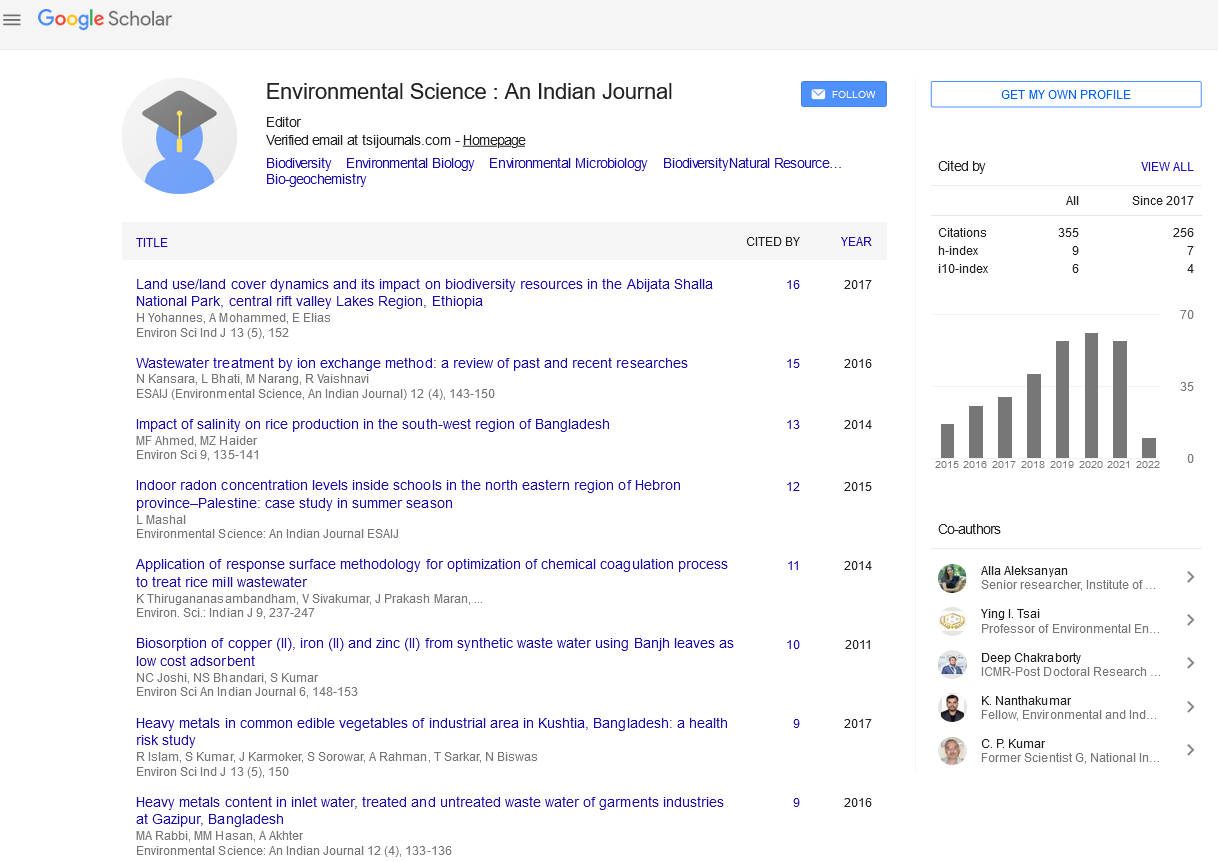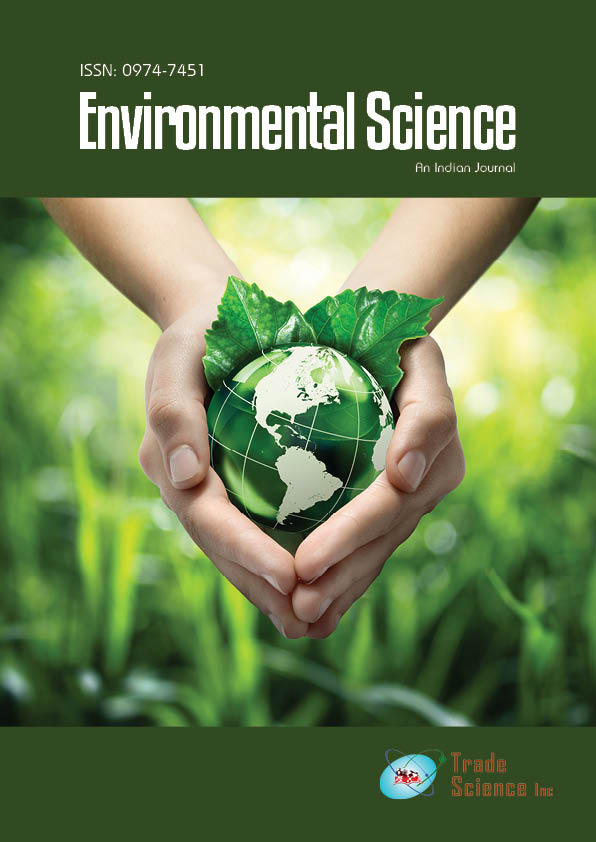Abstract
Treatment of pulp and paper effluent by electro coagulation
Author(s): Ritesh Patidar, Deepak SharmaThe experiments were carried out in an electro coagulation reactor with aluminumas sacrificial electrodes. The influence of electrolysis time, current density, pH, NaCl concentration, rotational speed of the stirrer and electrode distance on reduction of color, COD and BOD were studied in detail. From the experimental results, 25mA/cm2 current density, pH of 7, 1 g/lNaCl, 100 rpm, 28 ï‚°C temperature and 1.5 cm electrode distance were found to be optimumformaximumreduction of color, COD and BOD. The reduction of color, COD and BOD under the optimumcondition were found to be 92%, 89% and 85% respectively. The electrode energy consumption was calculated and found to be varied from 103kWh/kg depending on the operating conditions. Under optimal operating condition such as 25mA/ cm2 current density, pHof 7, 1 g/lNaCl, 100 rpm, 28 ï‚°C temperature and 1.5 cm electrode distance, The experimental results proved that the electro coagulation is a suitable method for treating pulp and paper plant effluents for reuse.

